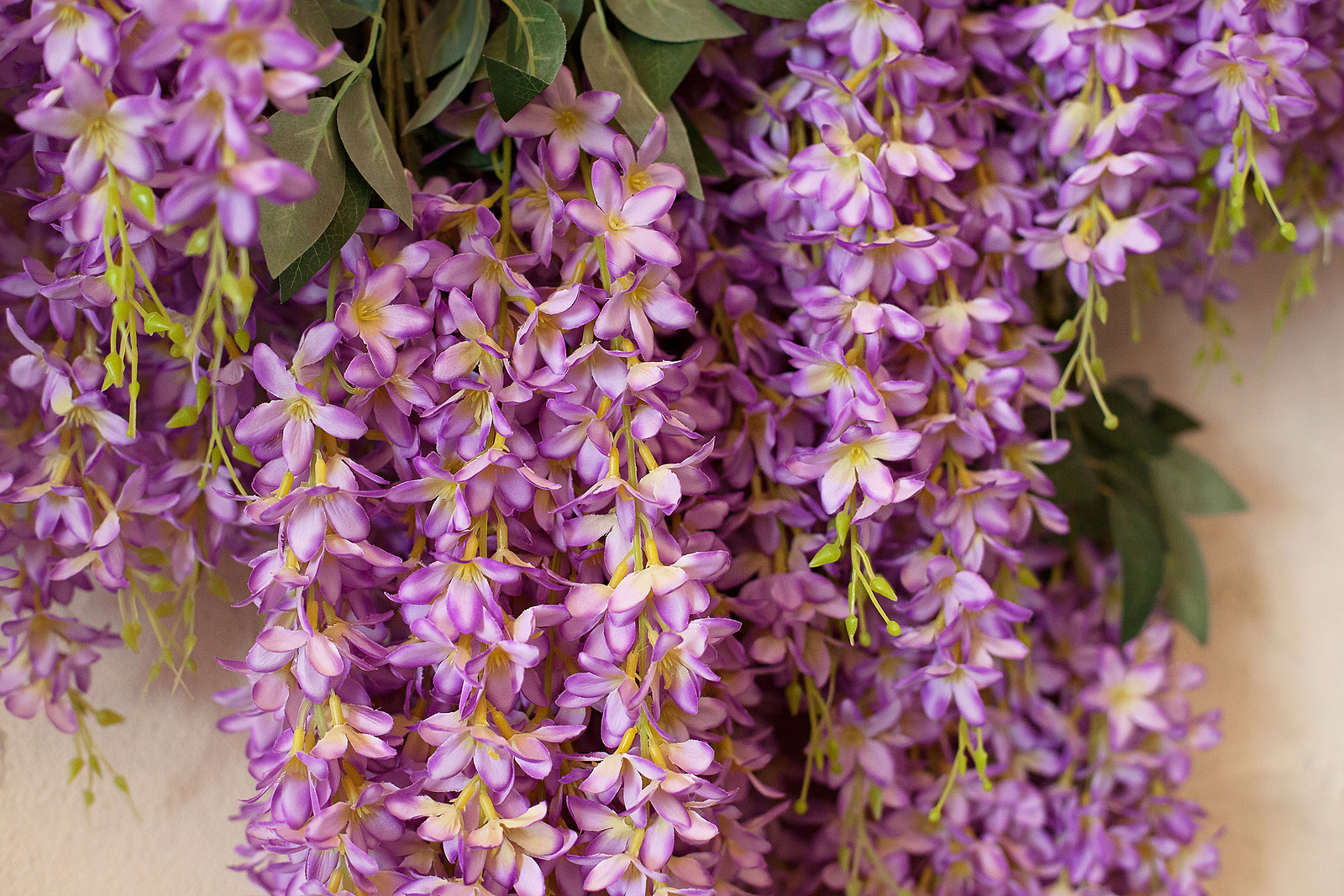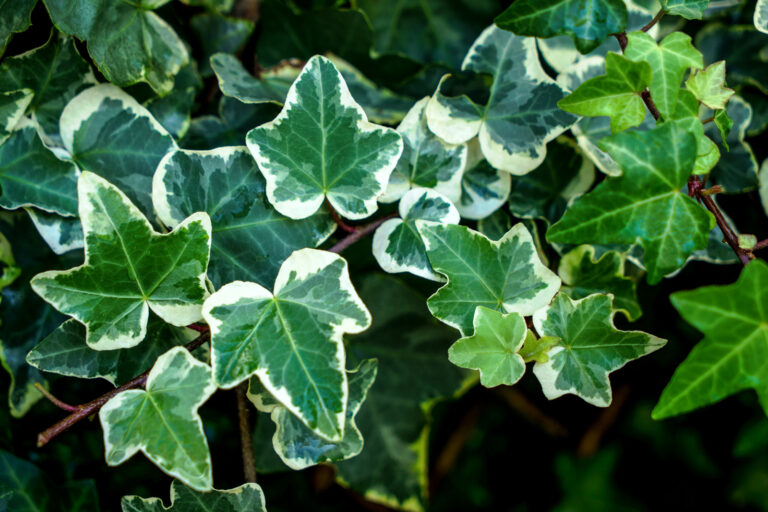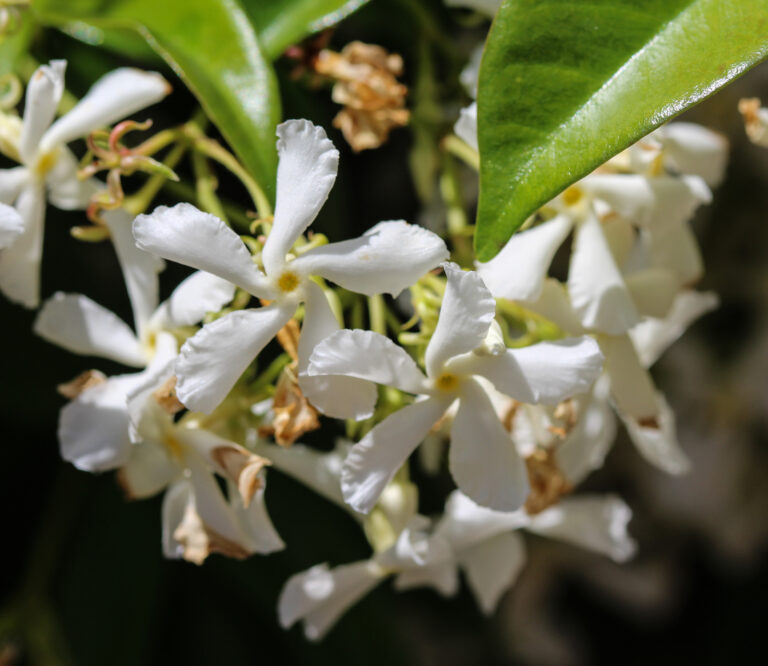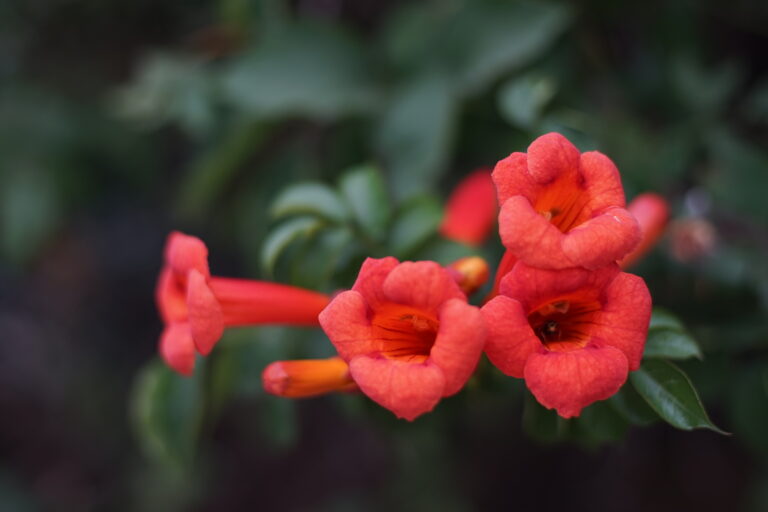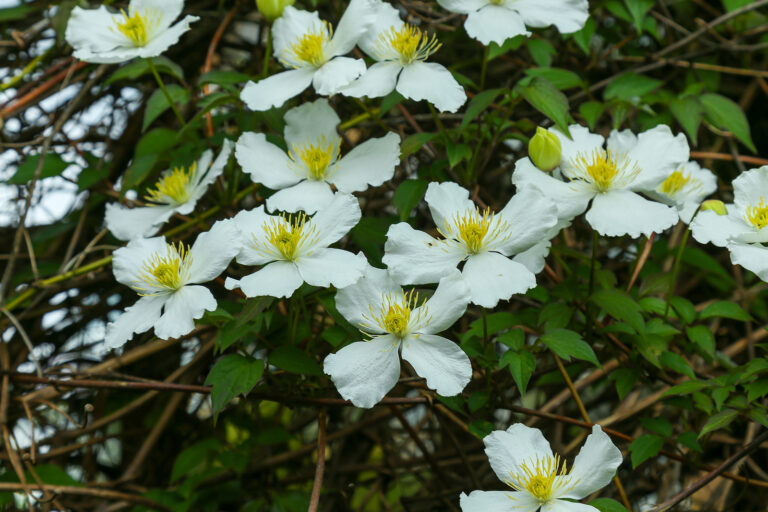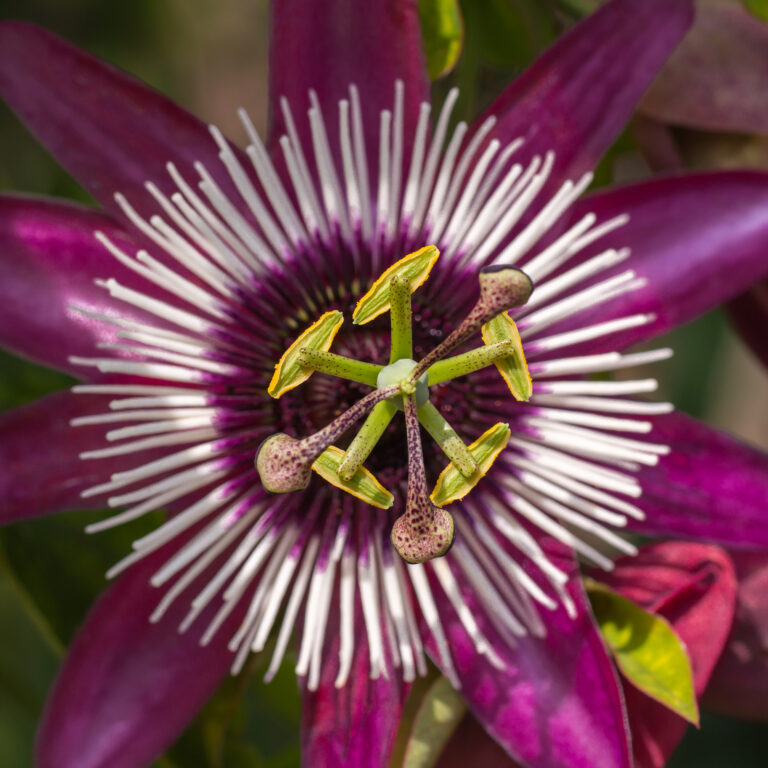How to Grow Wisteria
Wisterias are among the most beautiful of all climbers. Their violet-blue, purple, pink, or white flowers hang in long, elegant trails in late spring and early summer before the plant’s feathery foliage is fully unfurled.
Wisterias are twining, woody, deciduous climbers grown for their showy, pea-like, fragrant flowers borne in pendent racemes. Wisterias can be grown as vines, shrubs, or trees with training. Most often wisteria is grown up a sturdy arch or over a pergola.
Most wisterias are hardy, but they will flourish best in a sunny, sheltered spot facing south or west. Wisteria are not fussy about soil, but need good drainage.

Get to know Wisteria
- Plant type: Deciduous spring-blooming vine
- Growing Zones and range: 5-9
- Hardiness: Half-hardy
- Height and width: 30 feet or more at maturity
- Foliage: dark green leaves with ovate to lance-shaped leaflets
- Flowers: showy, pea-like, fragrant flowers borne in pendent racemes; long clusters can be white, pink, lavender, or violet
- Bloom time: Spring; wisteria may not bloom for the first 7 to 10 years.
- Uses: Climbs arches or pergolas; can be trained as a standard
- Common name: Wisteria, Japanese wisteria, Chinese wisteria
- Botanical name: Wisteria spp.
- Family: Fabaceae
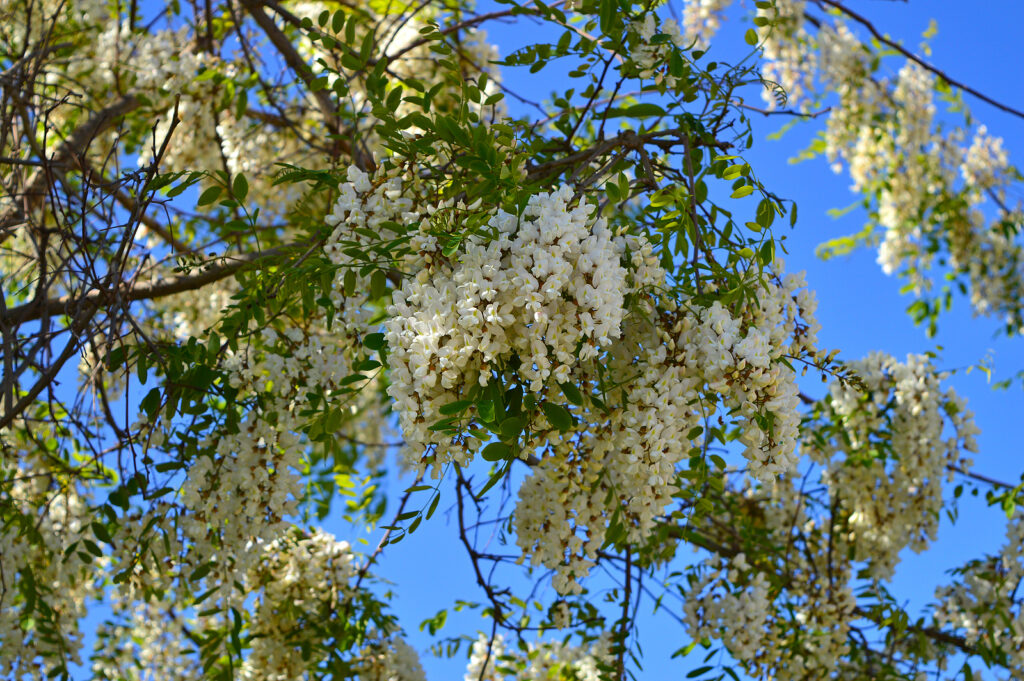
Where to plant Wisteria
- Plant wisteria in full sun; tolerates light shade in hot summer regions.
- Plant wisteria in average to poor, very well-drained soil. Humus-rich soil will give the best results.
- Plant wisteria out of cold winds and early morning sun to avoid frost and wind damage to flower buds.
When to plant Wisteria
- Set wisteria in the garden in spring.

Planting and spacing Wisteria
- Space wisteria 10 to 30 feet apart.
- Cover the graft union so that plant establishes its own roots.
How to water and feed Wisteria
- Wisteria needs moderate water; keep the soil evenly moist. Wisteria is drought-tolerant once established.
- Feed wisteria with a high potassium fertilizer and mulch them in spring. Potassium encourages plant health and strong roots.
- Avoid high nitrogen fertilizer which will encourage green leafy growth at the expense of blossoms.
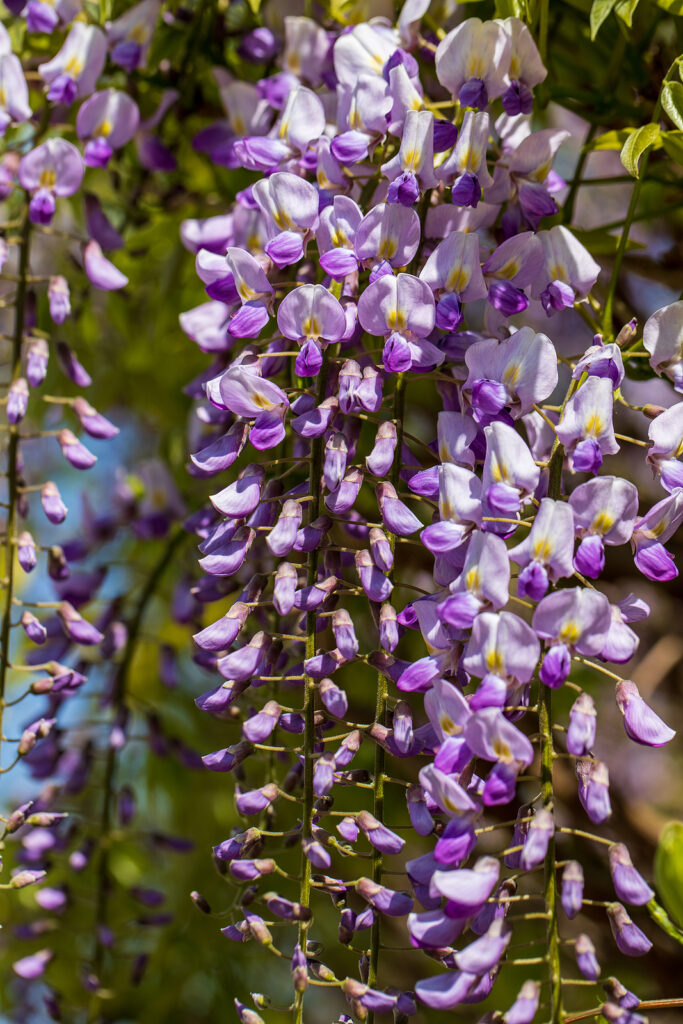
Wisteria care
- Mulch around wisteria to conserve soil moisture.
- Wisteria needs a very heavy, large arbor or pergola to accommodate its size and weight.
- Thread new shoots behind wires; do not twine shoots as they can easily snap.
- Tie wisteria into its support for the first few years.
- Prune in late winter and again in summer after flowering to both shape and control the size.

Training Wisteria
- Let newly planted wisteria grow toward an established framework. Plants can be trained as single trunk or multi-trunked. Remove stems that are not wanted on the framework; pinch back long stems.
- To develop a single trunk, rub off buds that develop on the trunk. The main stem will in time become a good-size trunk.
- For multi-trunk, select the vigorous stems you want and train them to the support.
- To train wisteria as a tree, choose a single trunk and tie it to a stake at frequent intervals. When the plant reaches the desired height, pinch or prune back tip to force branching. Pinch back streamers to form the head or tree canopy. Replace the stake as needed.
- To train wisteria as a shrub, permit well-spaced branches to form the framework, shorten side branches, and nip out long streamers.
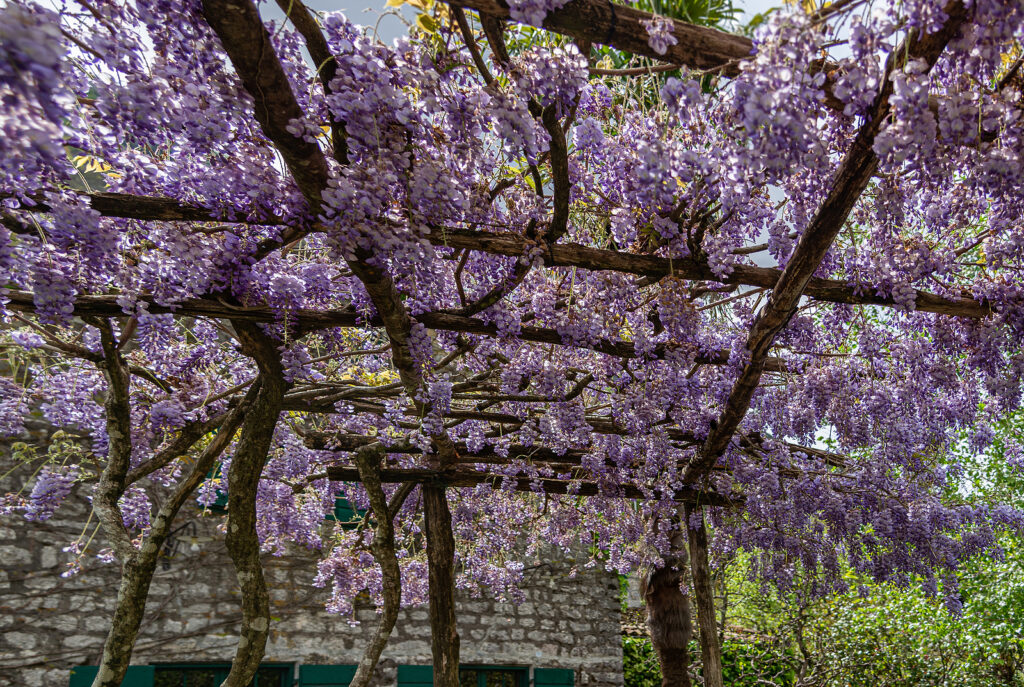
Wisteria pruning
- Train new growth of young plants to form the main stem and several horizontal branches.
- Cut back most of the long shoots not needed as new main branches to about 5 or 6 buds in mid-summer.
- Prune all sideshoots back to 2 or 3 buds from the previous year’s growth in late winter to form flowering spurs.
Wisteria common problems
- Wisteria is susceptible to dieback, crown gall, leaf spots, virus disease.
- Wisteria can be attacked by Japanese beetles, aphids, leaf miners, scale insects, and mealybugs.
- Drought or low night temperatures may cause bud-drop.
- Fungal infections can cause brown or black leaf spots.
- Honey fungus can killer older wisterias.

Wisteria propagation
- Wisteria is difficult to propagate.
- Take basal cuttings from side shoots in early to midsummer.
- Layer lower-growing lateral shoots in autumn or graft in winter.
Wisteria varieties to grow
- Wisteria brachybotrys (W. venusta), silky wisteria: Silky-haired leaves 8 to 14 inches long, divided into 9 to 13 leaflets; profuse bloomer; white flowers on long stalks; flower clusters open all at once during leaf out; cultivar ‘Alba’ has white flowers, ‘Violacea; has purple-blue flowers.
- W. chinensis, (W. sinensis, below) Chinese wisteria: Bears fragrant lilac-blue to white flowers in pendant racemes to 12 inches long
- W. floribunda, Japanese wisteria: Leaves are 12 to 16 inches long, divided into 15 to 19 leaflets; blooms in mid-spring on old wood; twines clockwise; species has violet, fragrant flowers in 8 to 20 inches racemes; several cultivars including ‘Alba’ has white flowers, ‘Rosea’ has rose-pink flowers, ‘Royal Purple’ has purple-violet flowers, and ‘Violacea Plena’ has double violet-blue flowers.
- W. frutescens, American wisteria: Leaves 7 to 12 inches long, divided into 9 to 15 leaflets; blue-violet flowers, abundant racemes of 30 to 65 flowers; also white-flowered form; Zones 5 to 9.
- W. sinensis, Chinese wisteria: Leaves 10 to 12 inches long, divided into 7 to 13 leaflets; similar to Japanese species but blooms a couple of weeks later with blue-violet flowers; racemes are shorter, less fragrant, twine counterclockwise; cultivars in deep purple, dark pink, double, or bicolor flowers; Zones 5 to 8.

